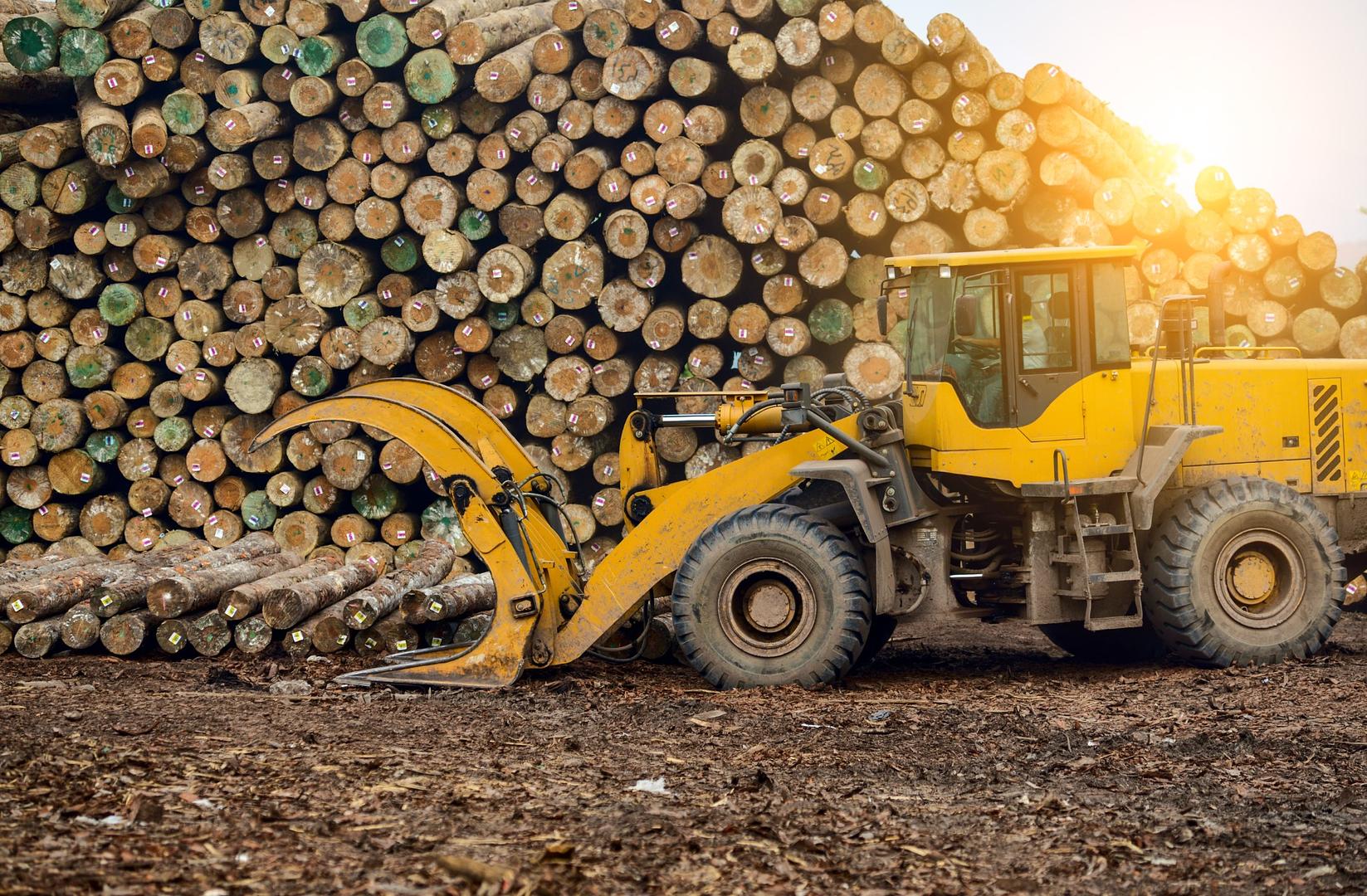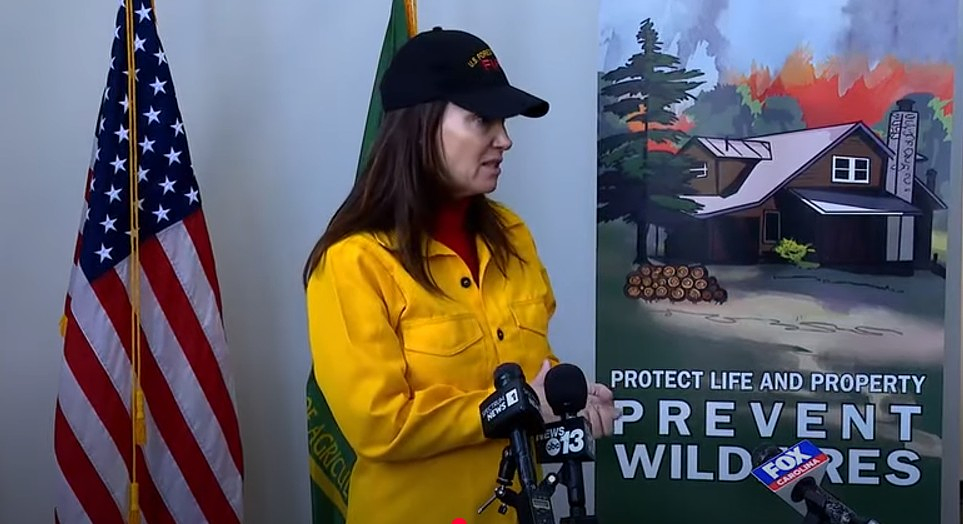Menu
By Wayne Nisley
In a sweeping shift in federal forest policy, President Donald J. Trump and newly appointed USDA Secretary Brooke Rollins have expanded and restructured the nation’s approach to timber production and wildfire mitigation. Building on a $200 million program launched in 2024 under the previous administration, the Trump team has rebranded the initiative as part of a broader effort to streamline timber harvesting, cut red tape, and open access to federal forests.
From Slow Growth to Aggressive Action
The original funding package—announced in May 2024—was designed to support forest health, reduce wildfire risk, and stimulate rural economies through strategic thinning and wood product infrastructure grants. Now under new leadership, the program is being accelerated. Secretary Rollins issued a memo in early 2025 calling for rapid permitting reforms, reduced environmental review timelines, and the creation of high-priority harvest zones in fire-prone areas across the West and South.
“We cannot afford to sit on our resources while our forests burn and our mills close,” Rollins stated. “This administration is committed to unlocking the value of our forests—responsibly and urgently.”


What’s Changing on the Ground
- Timber Access Expanded: Logging contracts are being fast-tracked on national forest lands, with priority given to small-diameter and fuel-laden stands near vulnerable communities.
- Funding Re-Directed: While the $200 million remains in play, new executive orders allow for additional funding flexibilities to support sawmill upgrades, road improvements, and hazardous fuels removal.
- Federal-State Partnerships Enhanced: The USDA is strengthening ties with state forestry offices to coordinate large-scale thinning operations, especially in high-risk “fire shed” zones.
Industry Reaction
Timber industry leaders have largely welcomed the change. “We’re finally seeing action instead of studies,” said one hardwood mill owner in Oregon. “For too long, we’ve had the product in the woods but couldn’t touch it.”
Environmental advocates, meanwhile, have raised concerns about the pace of permitting changes and the potential impact on wildlife corridors and old-growth protections. The Trump administration has responded by emphasizing that projects will still follow best management practices and respect critical habitats, but will no longer be delayed by what Rollins called “bureaucratic inertia.”
The Bottom Line
With a new administration in Washington, the focus has shifted from caution to urgency. And for many in the forestry sector, that’s a welcome change. Whether it’s fire prevention or mill expansion, the new USDA strategy appears aimed at getting timber flowing again—fast.

